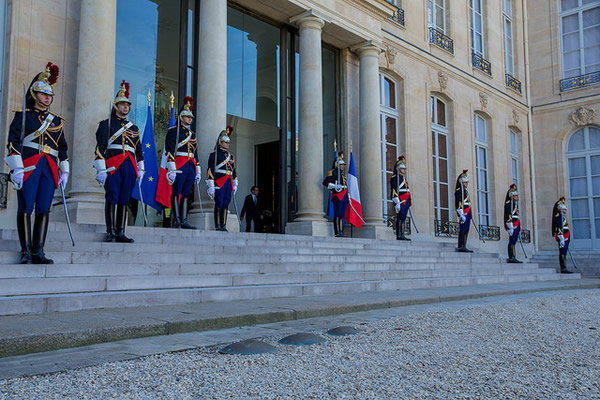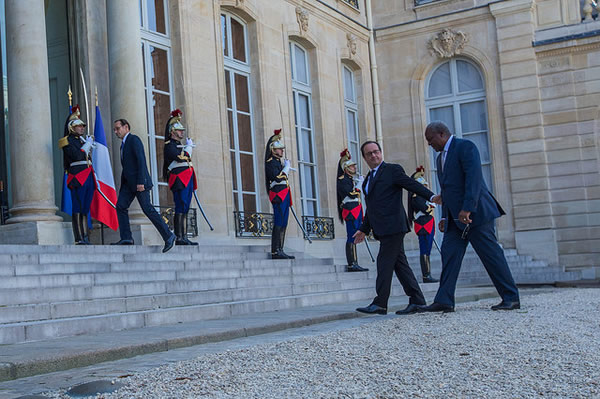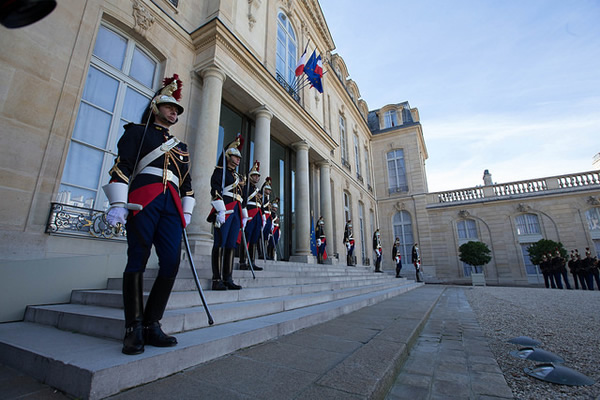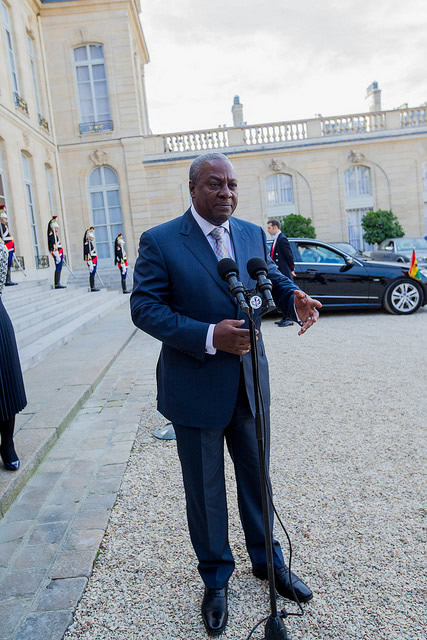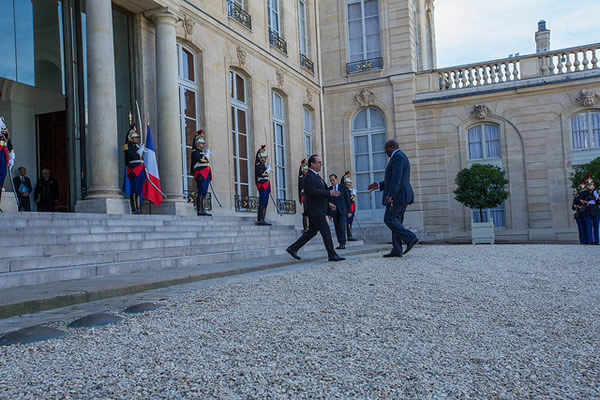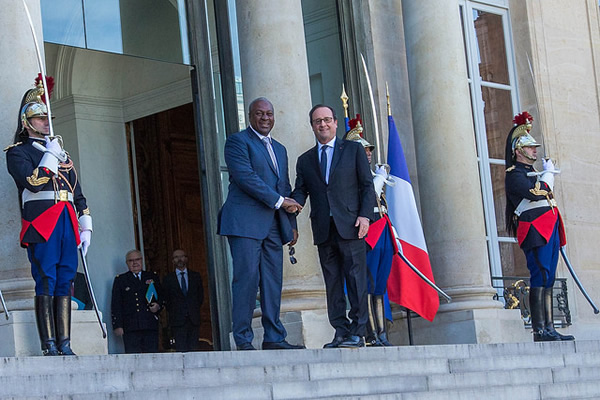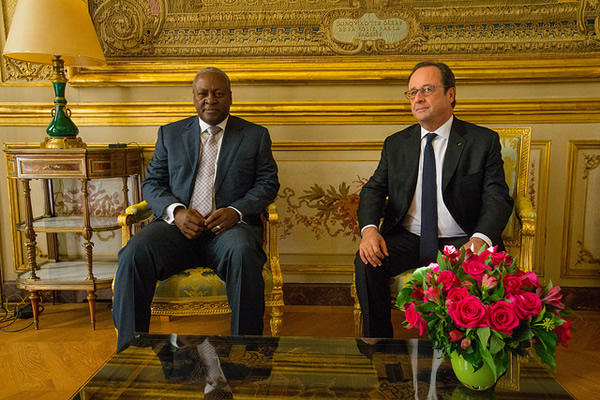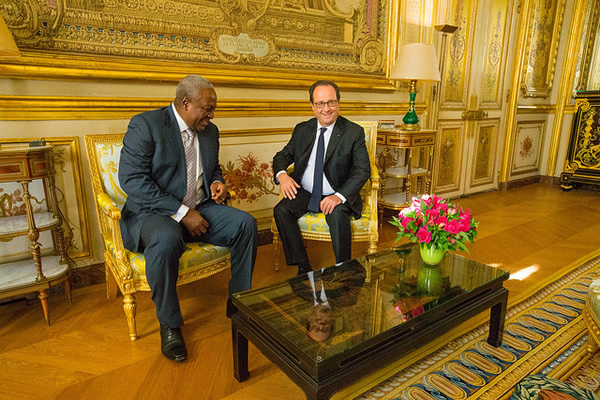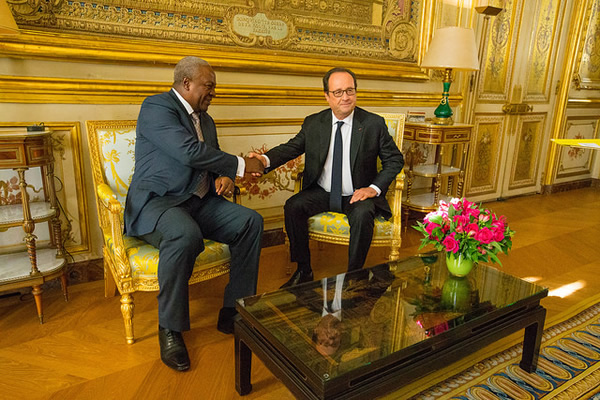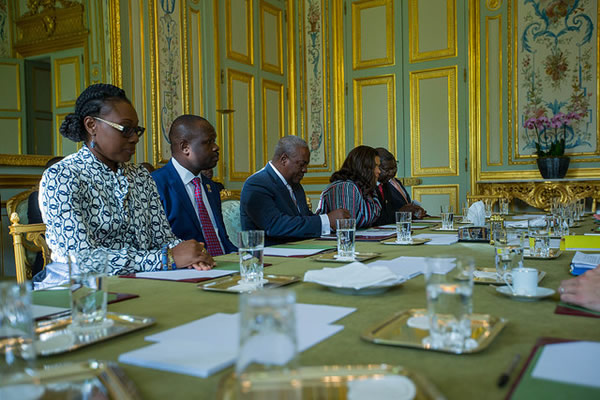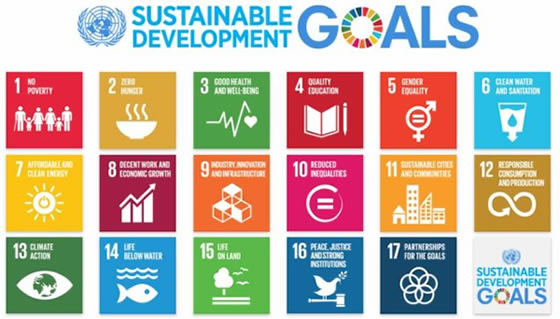 The world is moving forward, thus giving rise to the need for accelerated and sustainable development. In response to the prevailing demands, the UN General Assembly in September 2015, adopted Agenda 2030 for Sustainable Development and its Sustainable Development Goals (SDGs), officially known as “Transforming our world: the 2030 Agenda for Sustainable Development.”
The world is moving forward, thus giving rise to the need for accelerated and sustainable development. In response to the prevailing demands, the UN General Assembly in September 2015, adopted Agenda 2030 for Sustainable Development and its Sustainable Development Goals (SDGs), officially known as “Transforming our world: the 2030 Agenda for Sustainable Development.”
At the continental level, African countries have also adopted Agenda 2063, the 50-year Transformative Agenda for Africa, and its First Ten-Year Implementation Plan vested in the Malabo Declaration and its targets set for 2025. Both frameworks seek to achieve inclusive growth, sustainable development, peace, and security for the continent.
In order to make the 2030 Agenda a reality, broad ownership of the SDGs must translate into a strong commitment by all stakeholders to implement the global goals.
This calls for the revitalization of financing mechanisms for the implementation of SDGs, and for countries to assume full and primary responsibility for their own economic and social development, centered on sound national policies and development strategies, as well as available domestic resources.
The High-level Political Forum (HLPF): A Global Forum for Political Leadership
The High-level Political Forum (HLPF) on Sustainable Development is the United Nations’ central platform for the follow-up and review of the 2030 Agenda for Sustainable Development and the Sustainable Development Goals (SDGs).
Besides providing an opportunity for countries and other stakeholders to highlight efforts they are making, to review progress as a global hub for governments, major groups and stakeholders to exchange ideas and best practices, the HLPF is the essential global forum for providing political leadership, guidance and recommendations on implementing the 2030 Agenda for Sustainable Development and its 17 goals. As such, HLPF adopts political declarations that are inter-governmentally negotiated.
From this perspective, it can be said that there is increasing political ownership from the African continent at the global level, as the continent continues to be well represented at all global 2030 Agenda events, and most importantly, its increasing participation to the High Level Policy Forum (HLPF) that is held annually in New York, USA.
Indeed, the number of African countries participating at this forum has tripled from six in 2016, to 18 countries that have volunteered to present their national reviews in 2019. The number of participating countries was 7 and 10 in 2017 and 2018 respectively.
This increasing ownership on the continent is also reflected in the last CAADP Partnership Platform meeting held in Libreville, Gabon (April 2018) under the theme “Accelerating the Implementation of National Agricultural Plans to Achieve the Malabo Goals and Targets”.
From the official Communiqué of the meetings, CAADP-PP Delegates recognized it is the same constituencies, particularly the Member States of AU that adopted both the 2030 Agenda for Sustainable Development and the Malabo declaration. Consequently, they called for an alignment and harmonization of data collection and reporting processes between the Biennial Review of Malabo declaration and the SDGs, as well as other regional, continental and global commitments.
How do the global and continental ownerships transpire at country level?
Success in implementing the 2030 Agenda at national level is strongly linked to the engagement of stakeholders from the public and private sectors. In a way, civil society, academia, parliamentarians, local authorities, and business people together constitute the national landscape, and they will create national ownership of the SDGs.
By working with diverse stakeholders, Member States can help ensure that all voices are heard and that no one is left behind. Countries therefore have to make sure that national development plans, as well as all new policies, are aligned with the SDGs.
This alignment could occur through a process that takes into account sub-national contexts, from the setting of goals and targets to determining the means of implementation and using indicators to measure and monitor progress. As such, raising awareness and making advocacy for the active participation of all stakeholders at national level is very important in creating national ownership.
How does financing shape SDG implementation in Africa?
In September 2015, 193 UN Member States reached a historic agreement to generate financing for the sustainable development agenda at the third International Conference on Financing for Development, held in Addis Ababa, Ethiopia.
Member States acknowledged that “public policies and the mobilization and effective use of domestic resources, underscored by the principle of national ownership, are central to the common pursuit of sustainable development, including achieving the sustainable development goals”.
Specifically, domestic resource mobilization is central to the agenda as countries agreed to an array of measures aimed at widening the revenue base, improving tax collection, and combating tax evasion and illicit financial flows.
Ideally, increased government revenues should translate into increased public investment in specific areas, such as in agriculture, infrastructure for energy, transport, water and sanitation, industrialization, among others to help realize the development goals.
Yet, several African countries need to double their efforts towards domestic resource mobilization, reduce the dependence on donor funds to implement their policies but use them as a catalyst to stimulate domestic resource mobilization. Unfortunately, the implementation of many policies, strategies and investment plans seems to be largely dependent on the availability of non-domestic financial resources.
For example, “Enhancing Investment Finance in Agriculture” is a commitment of Malabo Declaration that is linked to the CAADP commitment of allocating at least 10 percent of annual public expenditures to agriculture.
The inaugural Biennial Review report on the implementation of Malabo Declaration presented at the Heads of State Summit in January this year indicates clearly that, only seven AU Member States have met the expected target while the range of allocated public spending in agriculture spreads from 1.2 to 17.6 percent.
A similar report in the Revenue Statistics in Africa publication released in October 2018[1], shows that tax revenue increased in only 11 out of 21 participating countries, and in aggregate, the average tax-to-GDP ratio remained unchanged (18.2 percent) between 2015 and 2016. The report also indicates heavy reliance of African countries on taxes on goods and services while income tax contributions are increasing.
This calls for revitalizing financing mechanisms for the implementation of SDGs, and for countries to assume full and primary responsibility for their own economic and social development, centered on sound national policies and development strategies as well as domestic resources.
Food security, nutrition and sustainable agriculture are key to achieving the entire set of Sustainable Development Goals (SDGs) by 2030, FAO Director-General José Graziano da Silva once told world leaders in an address at United Nations headquarters.
“We have given ourselves an enormous task, that begins with the historic commitment of not only reducing but also eradicating poverty and hunger in a sustainable way,” he said, during a speech at the UN’s Sustainable Development Summit.
Fourteen of the 17 new SDGs adopted at the summit are related to FAO’s historic mission, the Director-General noted. The second goal – which is “to end hunger, achieve food security and improved nutrition and promote sustainable agriculture” – must be urgently pursued as rapid progress on that front is the key to the other goals, he added.
Sustainable agriculture and zero hunger
“We can only rest when we achieve zero hunger,” Graziano da Silva said.
The SDGs follow and expand on the Millennium Development Goals, established in 2001 and ending this year, which set a hunger reduction target that was met by more than half of the countries monitored by FAO. But nearly 800 million people still suffer from chronic undernourishment.
“A majority of the world’s poor and hungry live in rural areas, and improving their livelihoods is the core challenge”, Graziano da Silva said, adding “ doing so will require promoting inclusive growth and making responsible investments that address the needs of the world’s poor.
“We need to build more sustainable agriculture and food systems that are resilient to stresses and better able to cope with – and respond to – climate change impact,” Graziano said, stressing investment in environmentally sustainable agriculture and well-designed social protection systems will also be required, Graziano da Silva added.
The Director General reminded world leaders that an additional investment of 160 dollars per year per person living in extreme poverty is needed to end hunger.
“This represents less than half percent of global income in 2014. And it is only a small fraction of the cost that hunger and malnutrition impose on economies, societies and people,” he said.
By Koffi Amegbeto, Senior Policy Officer, FAO Regional Office for Africa
Source: GNA











